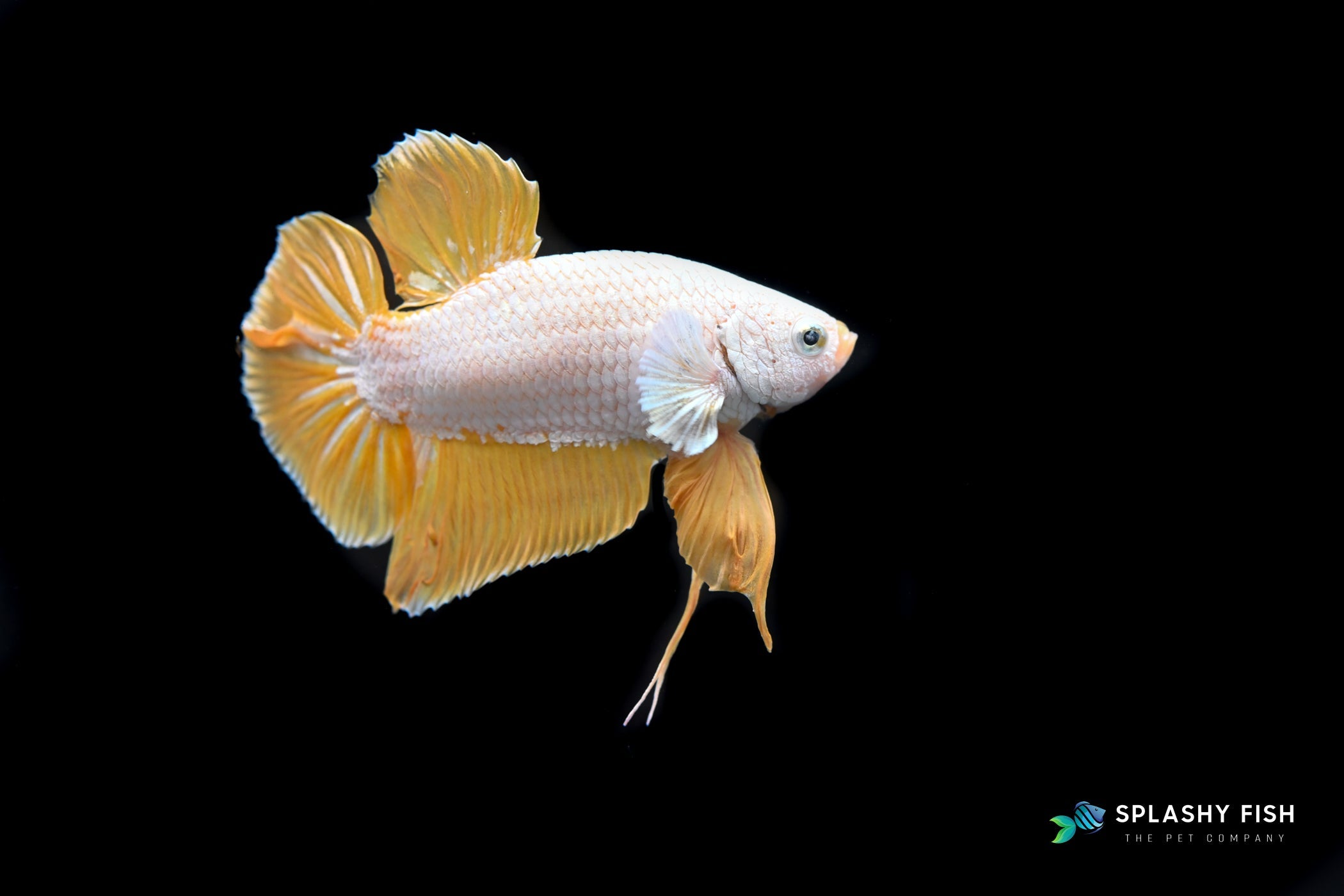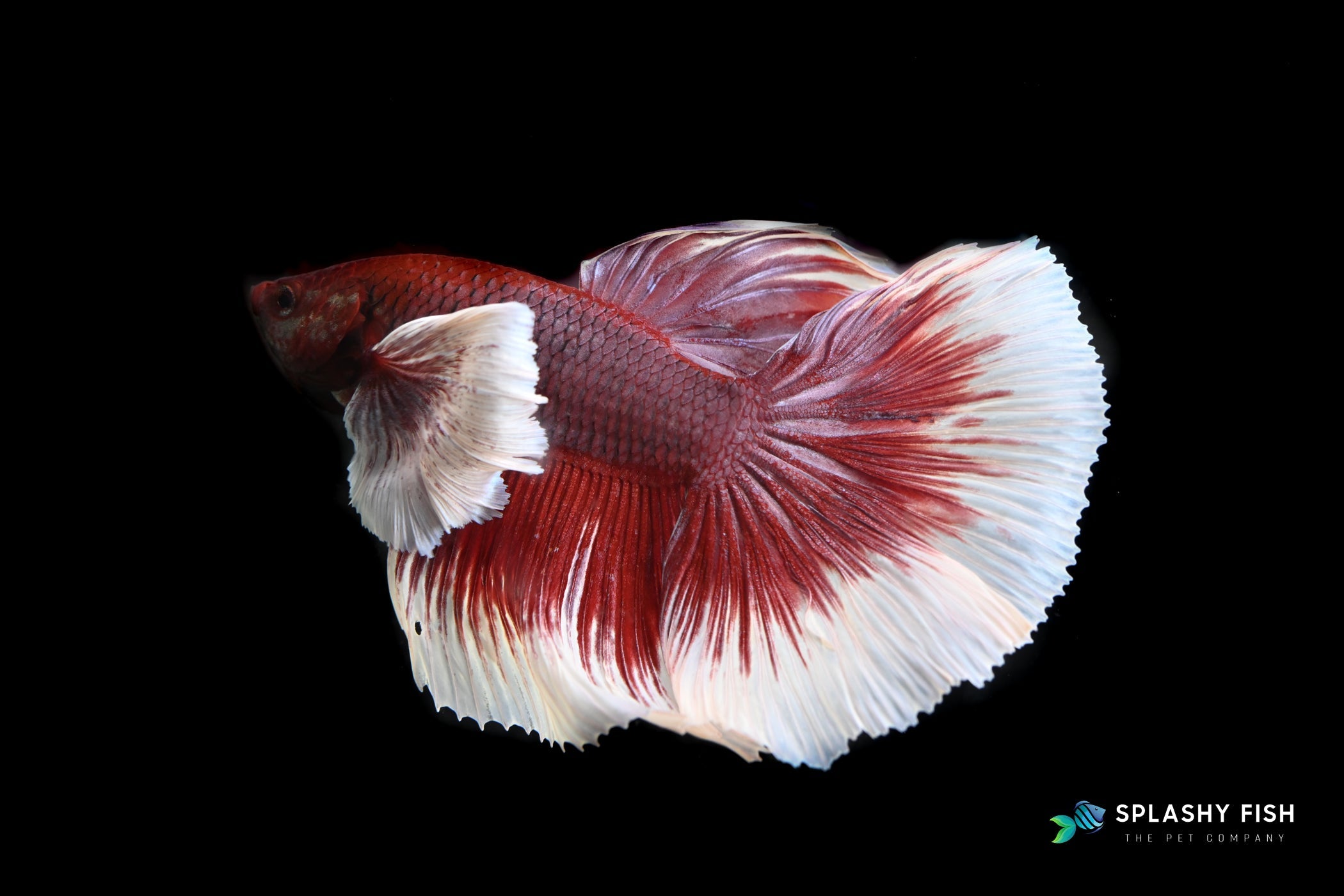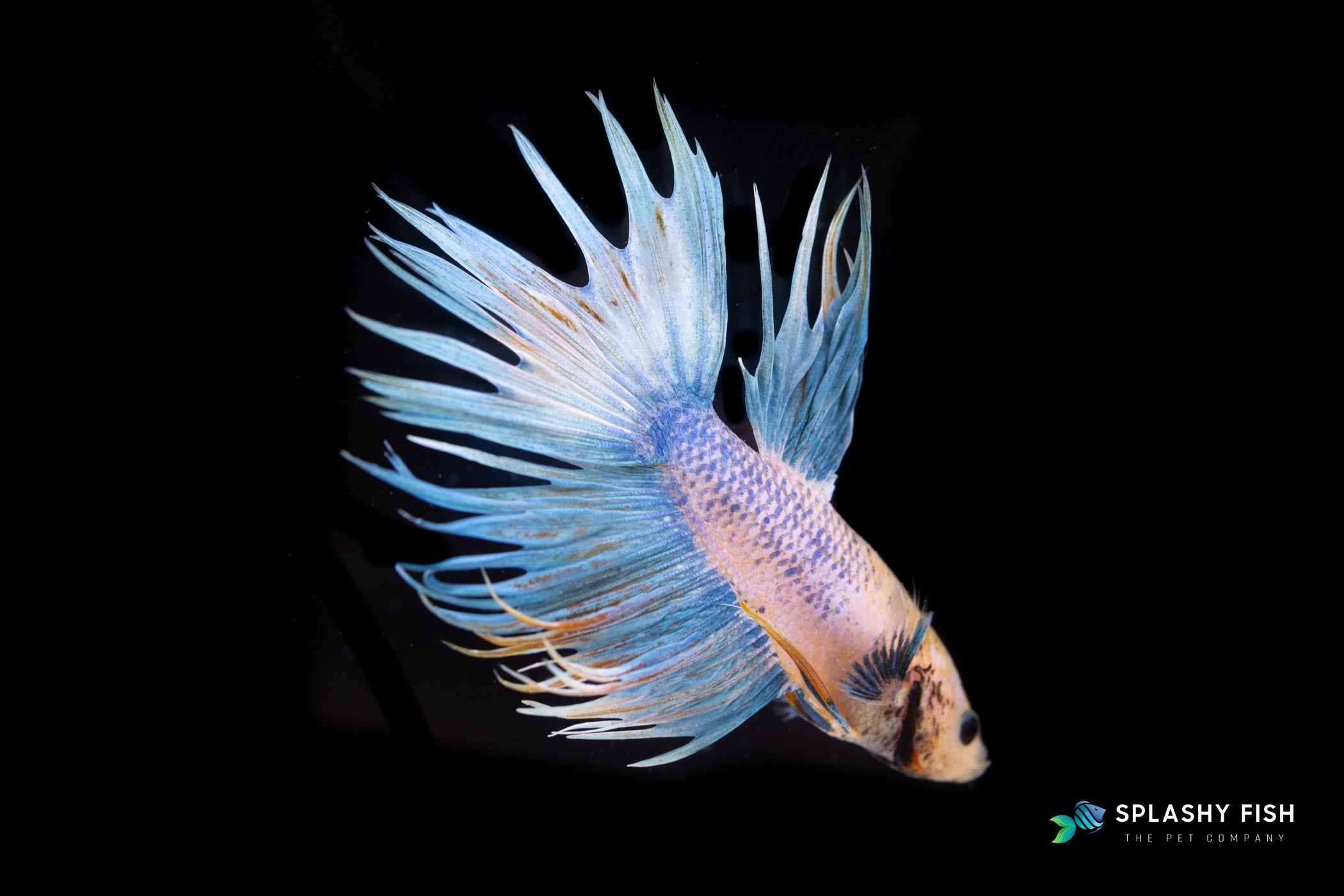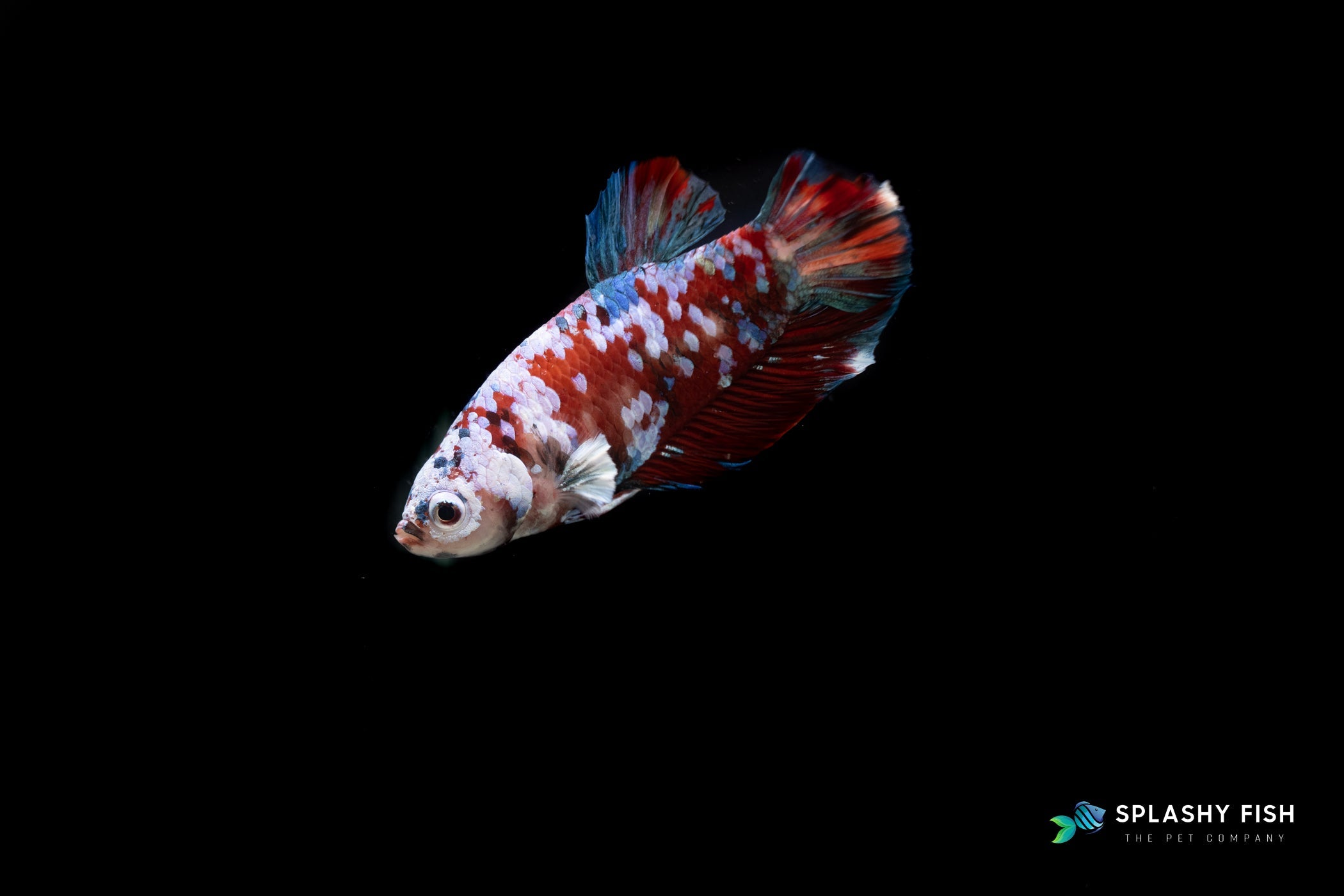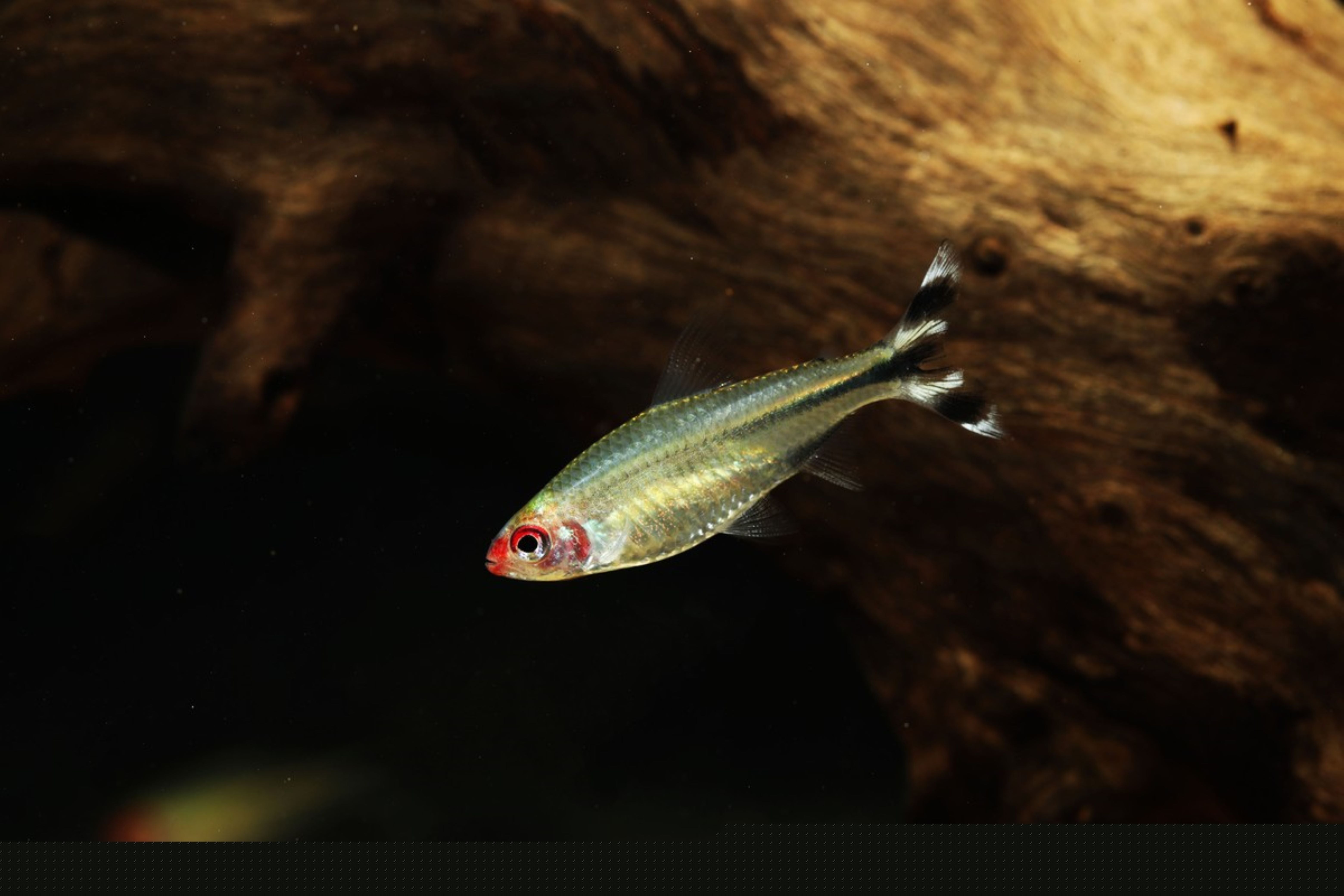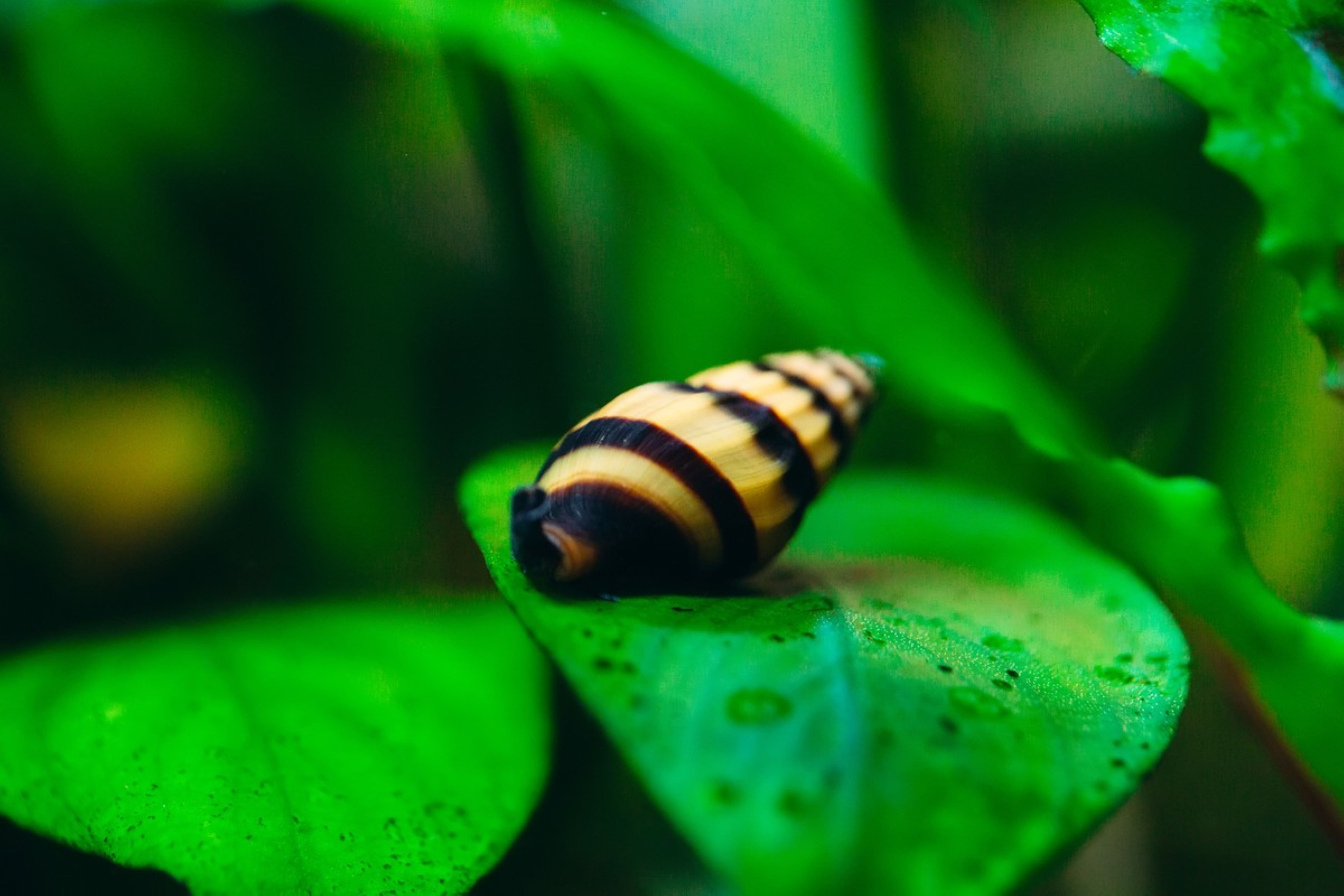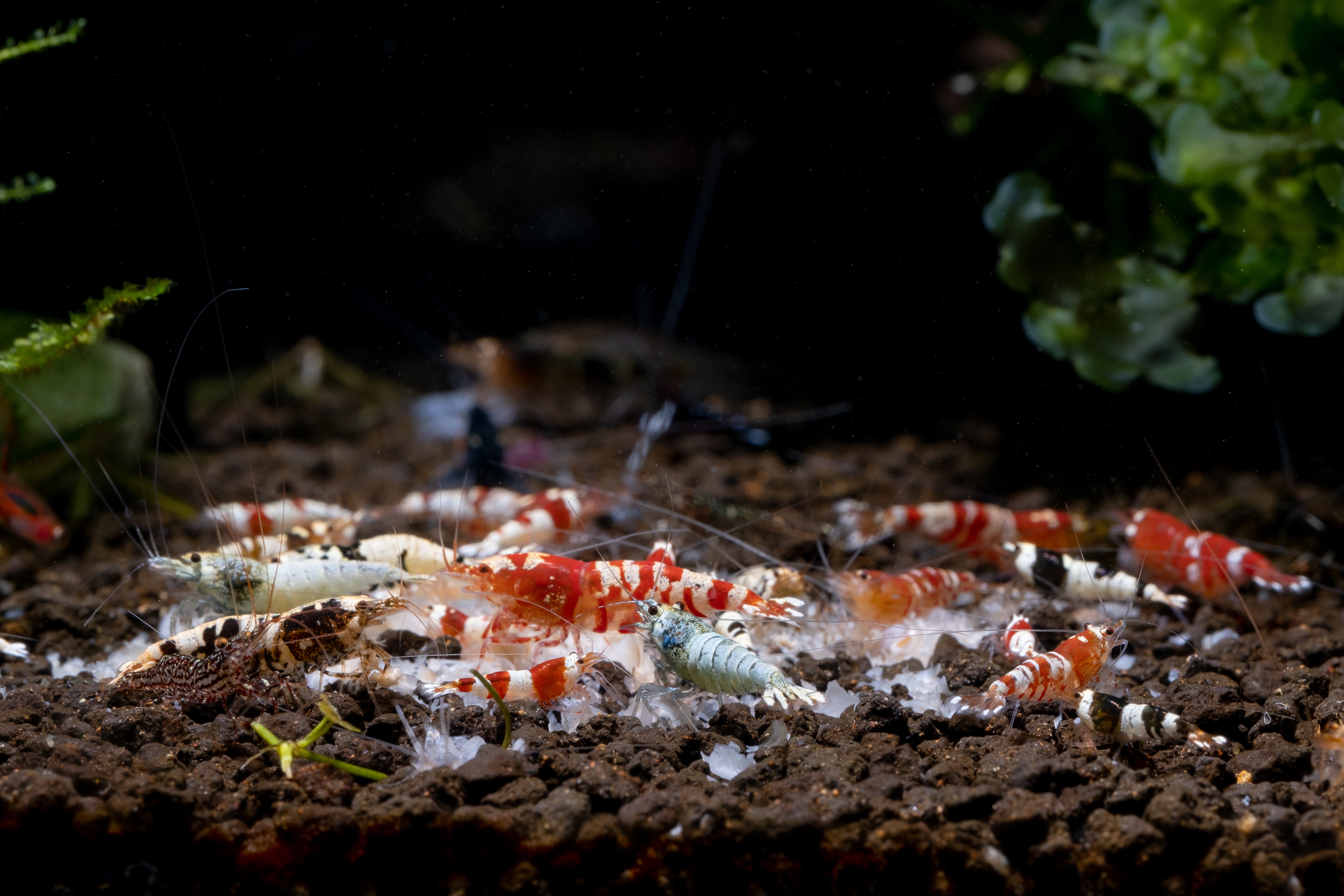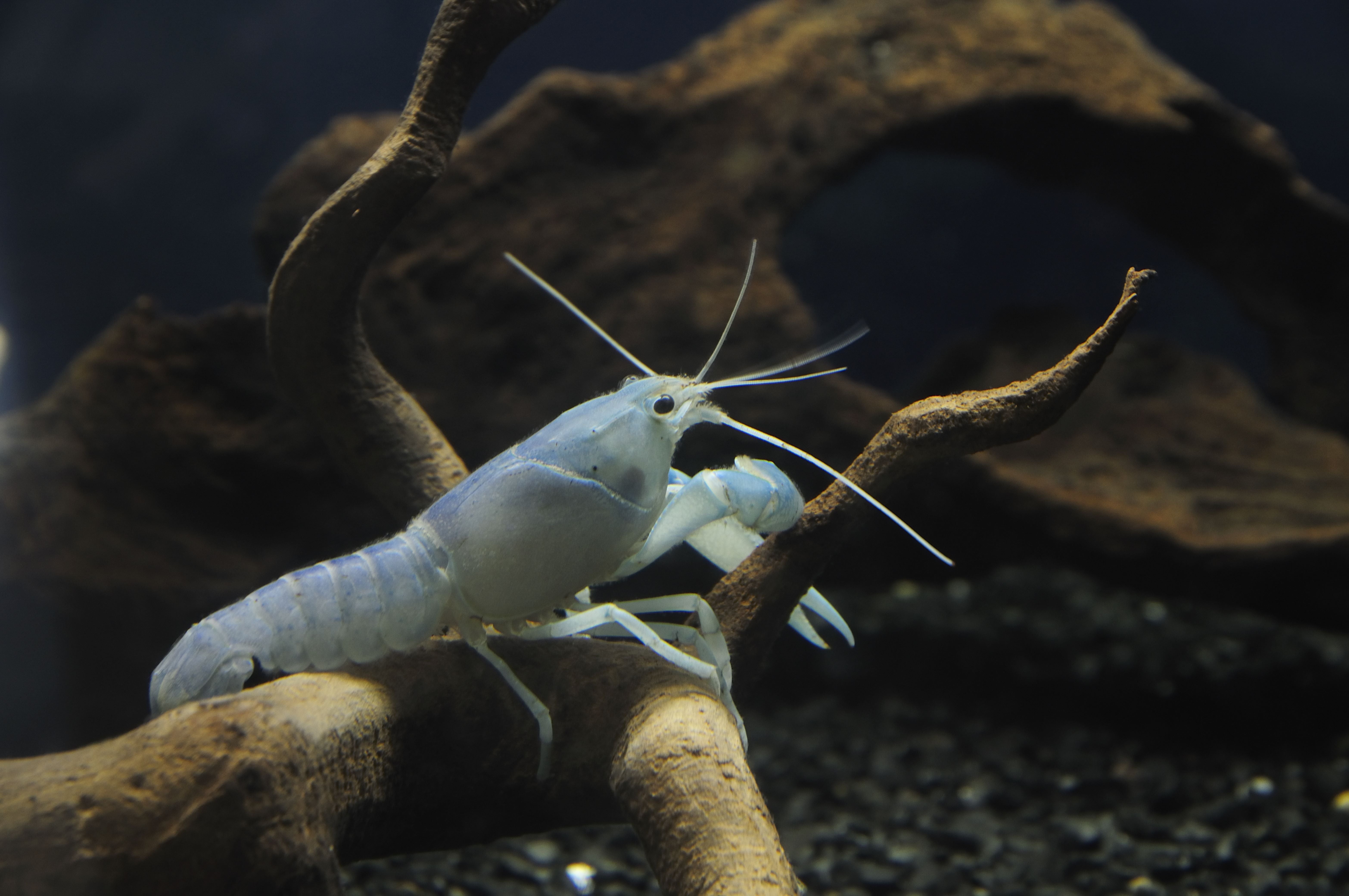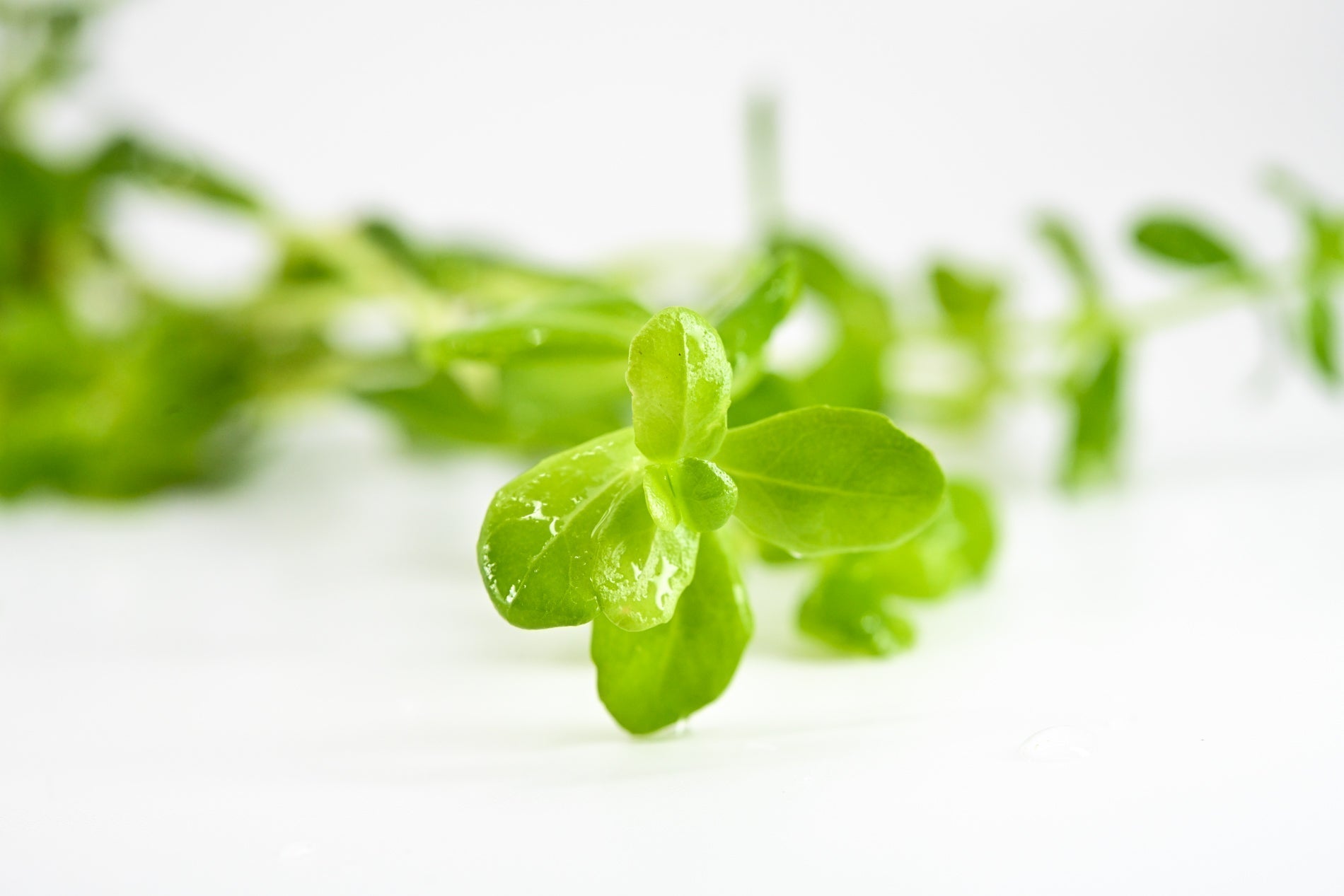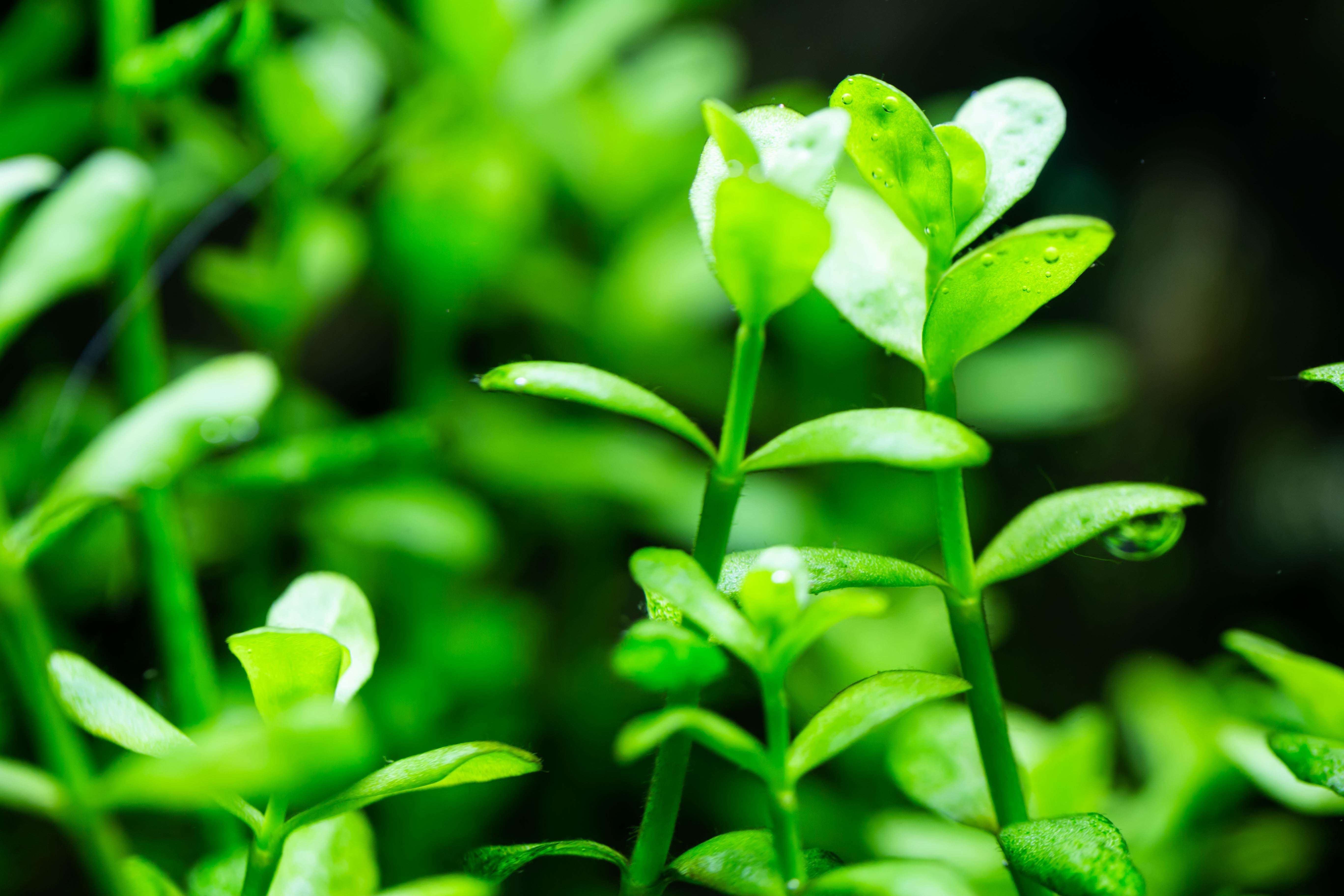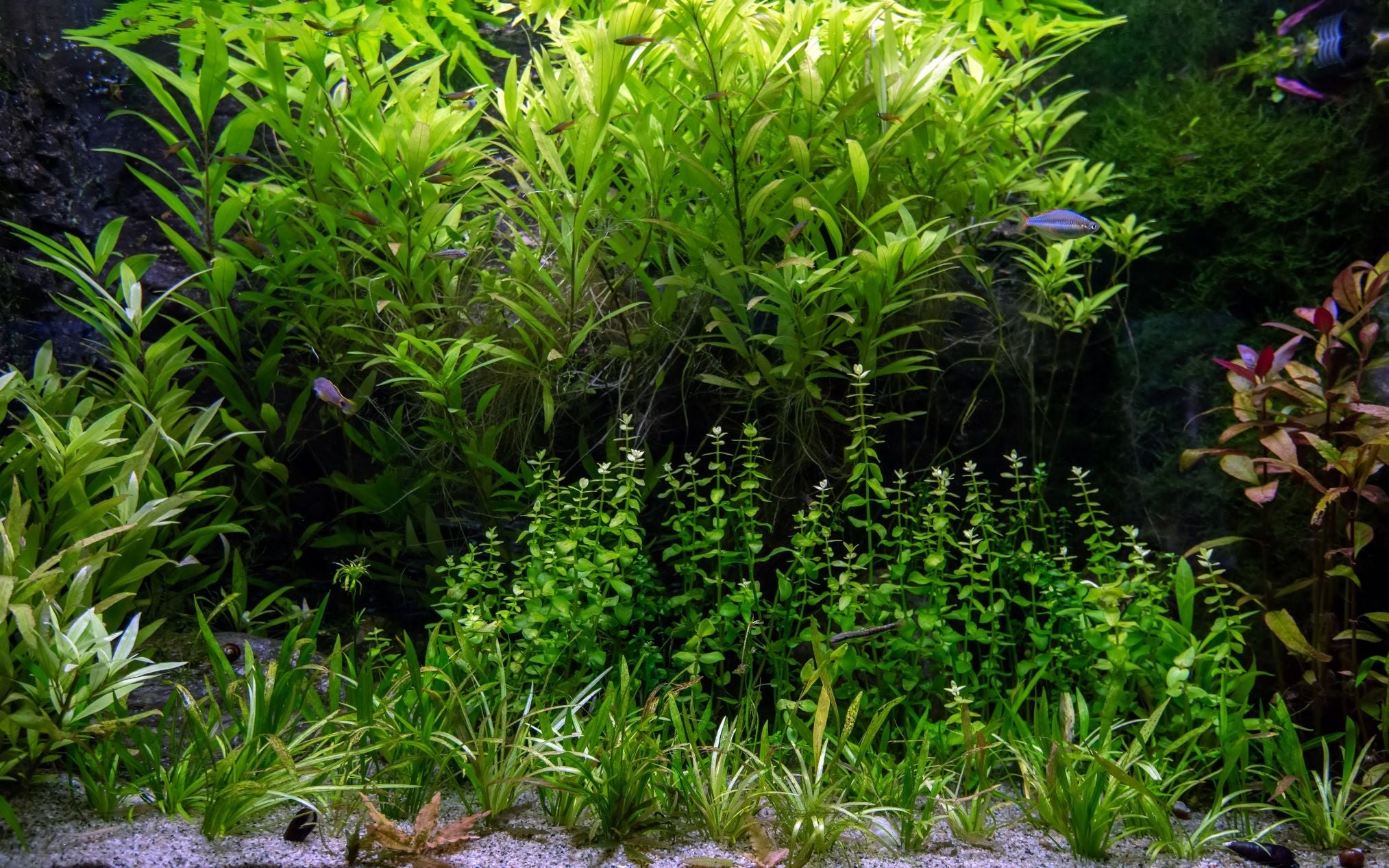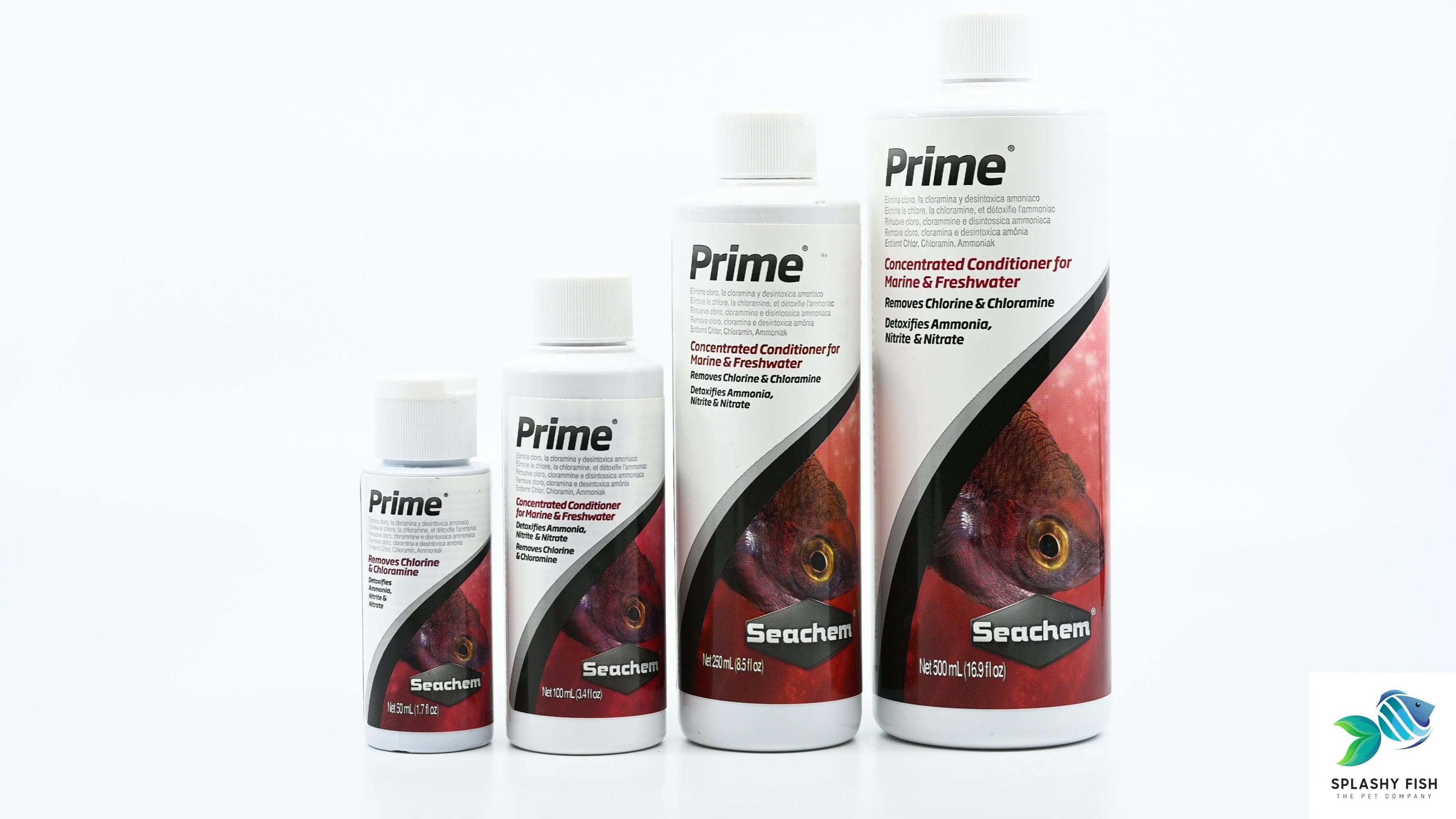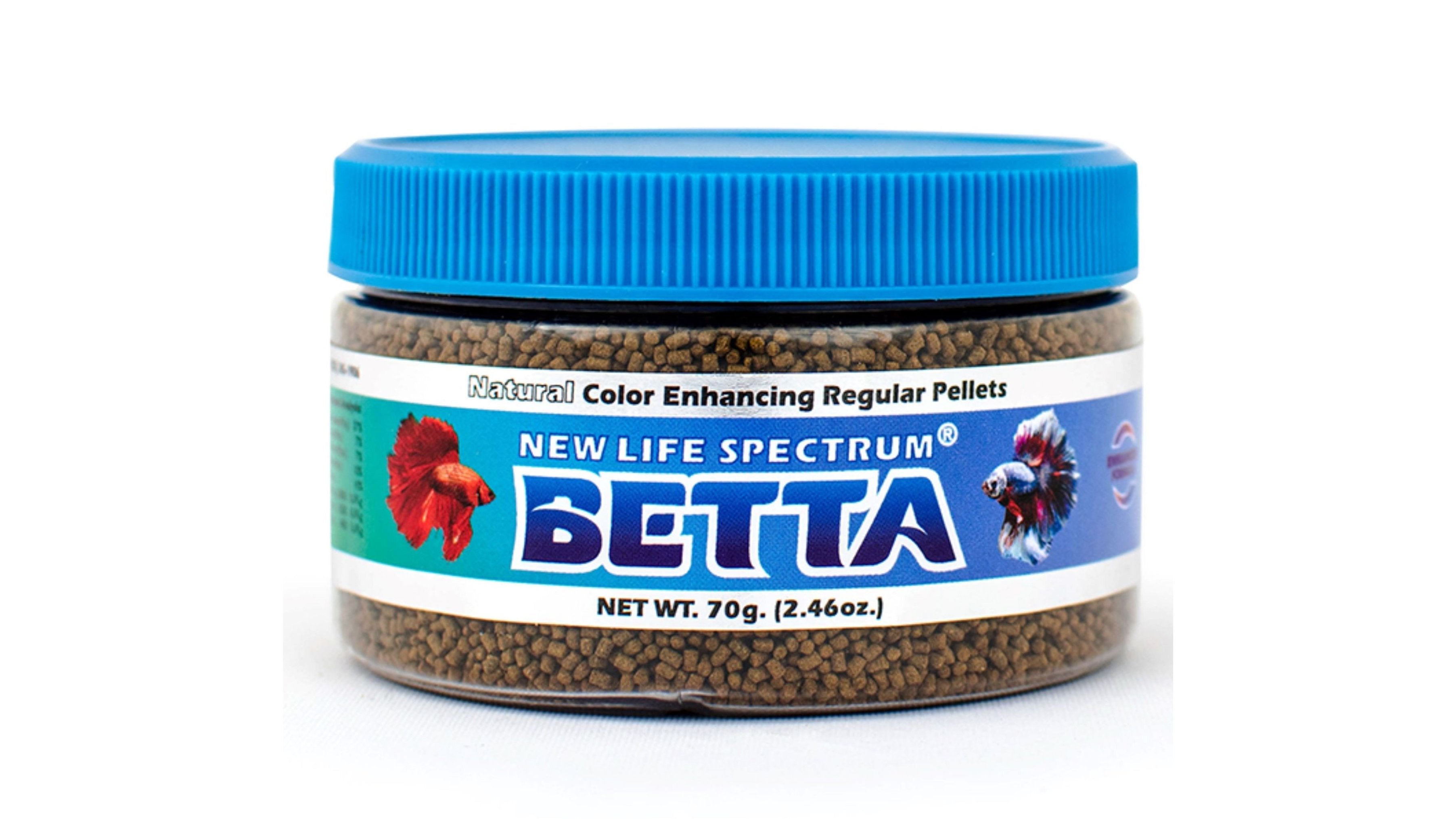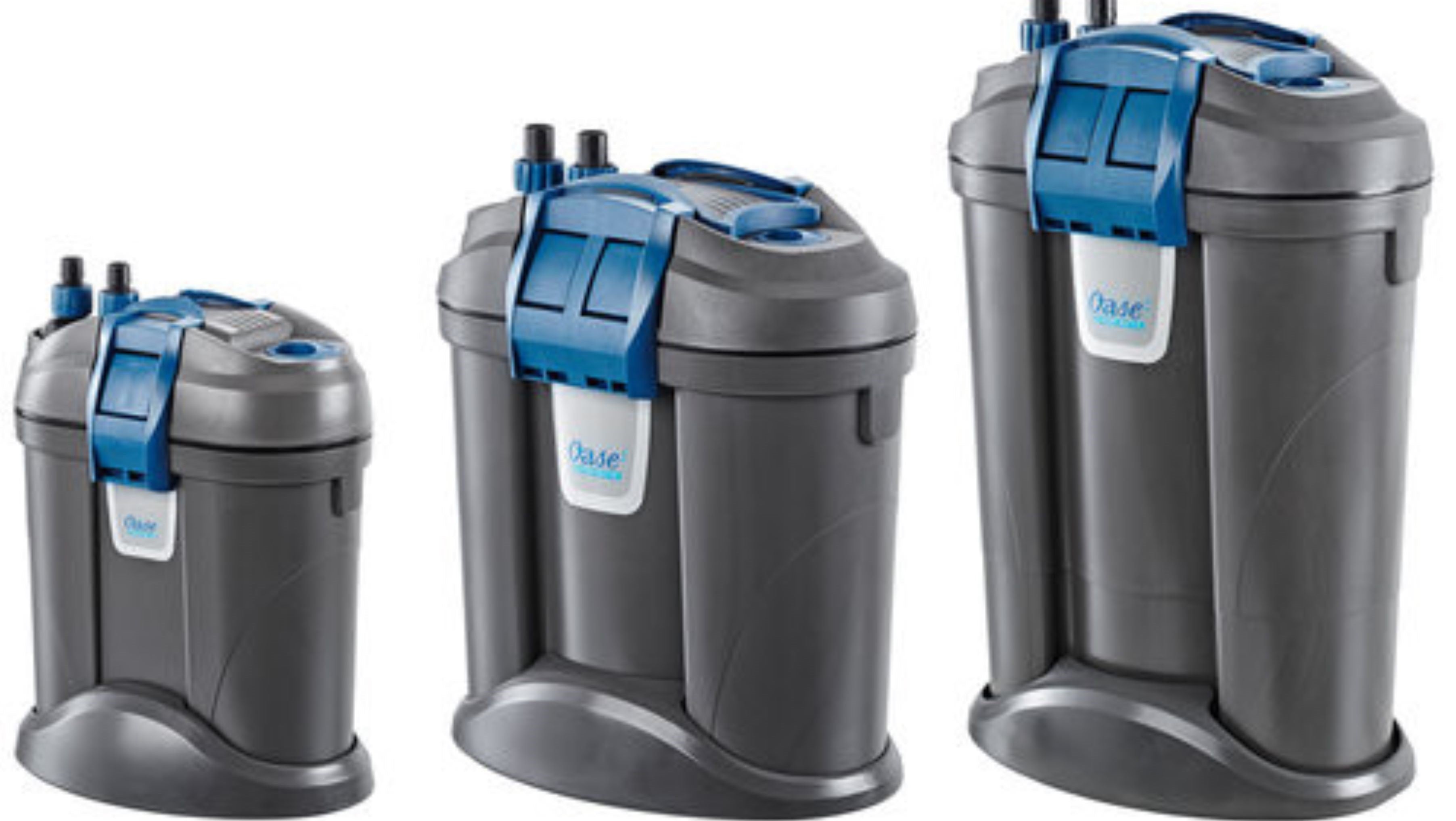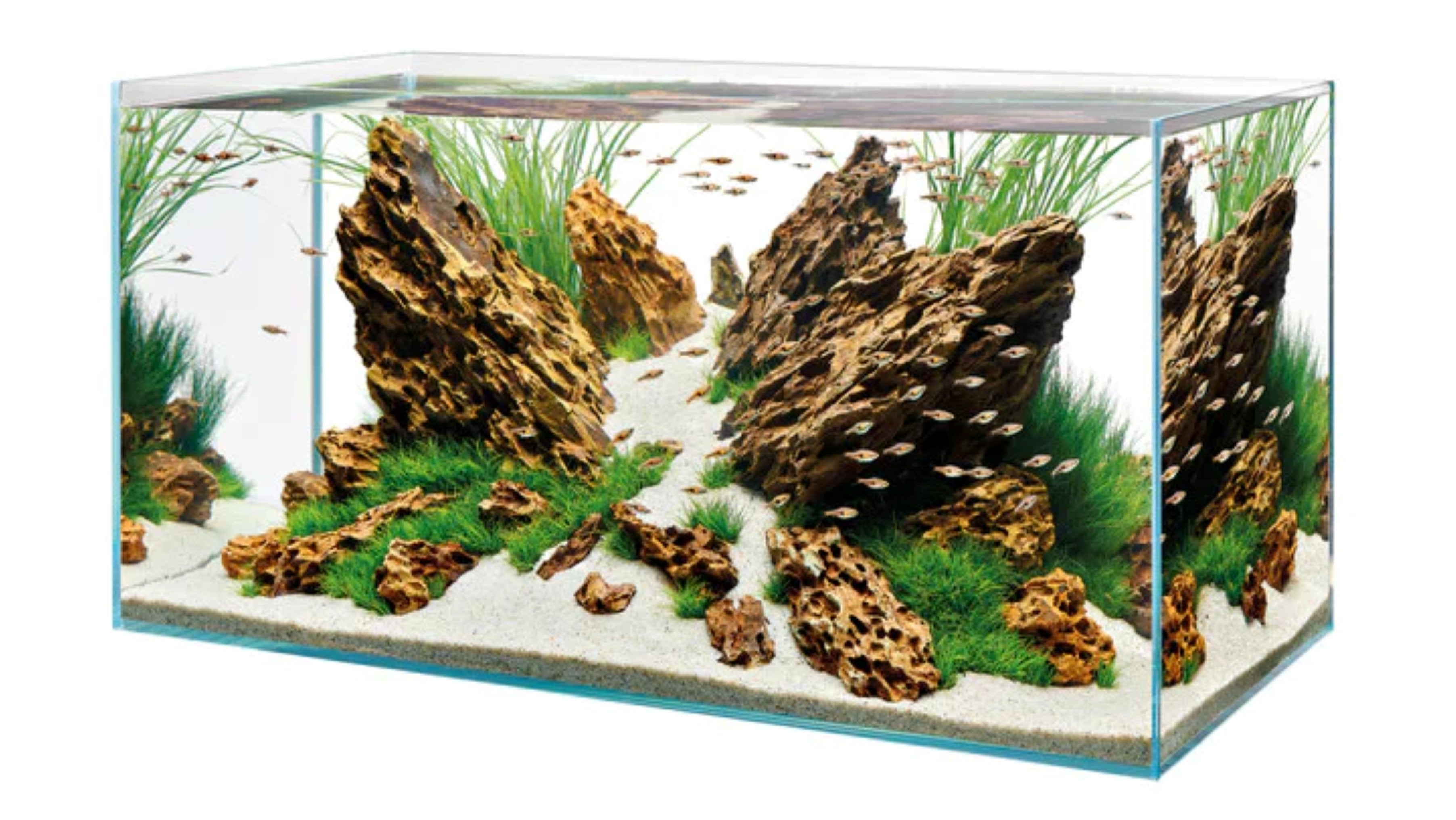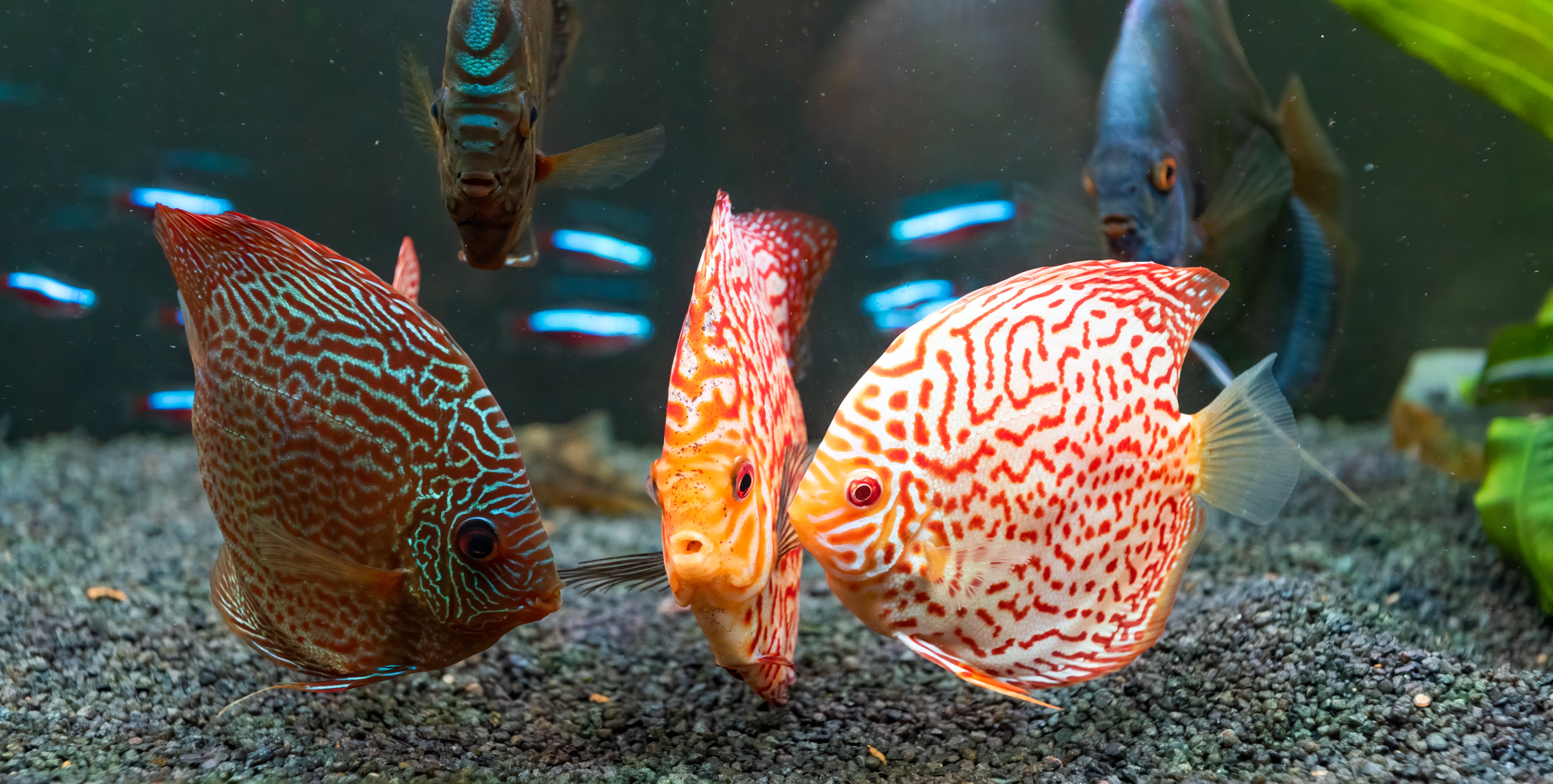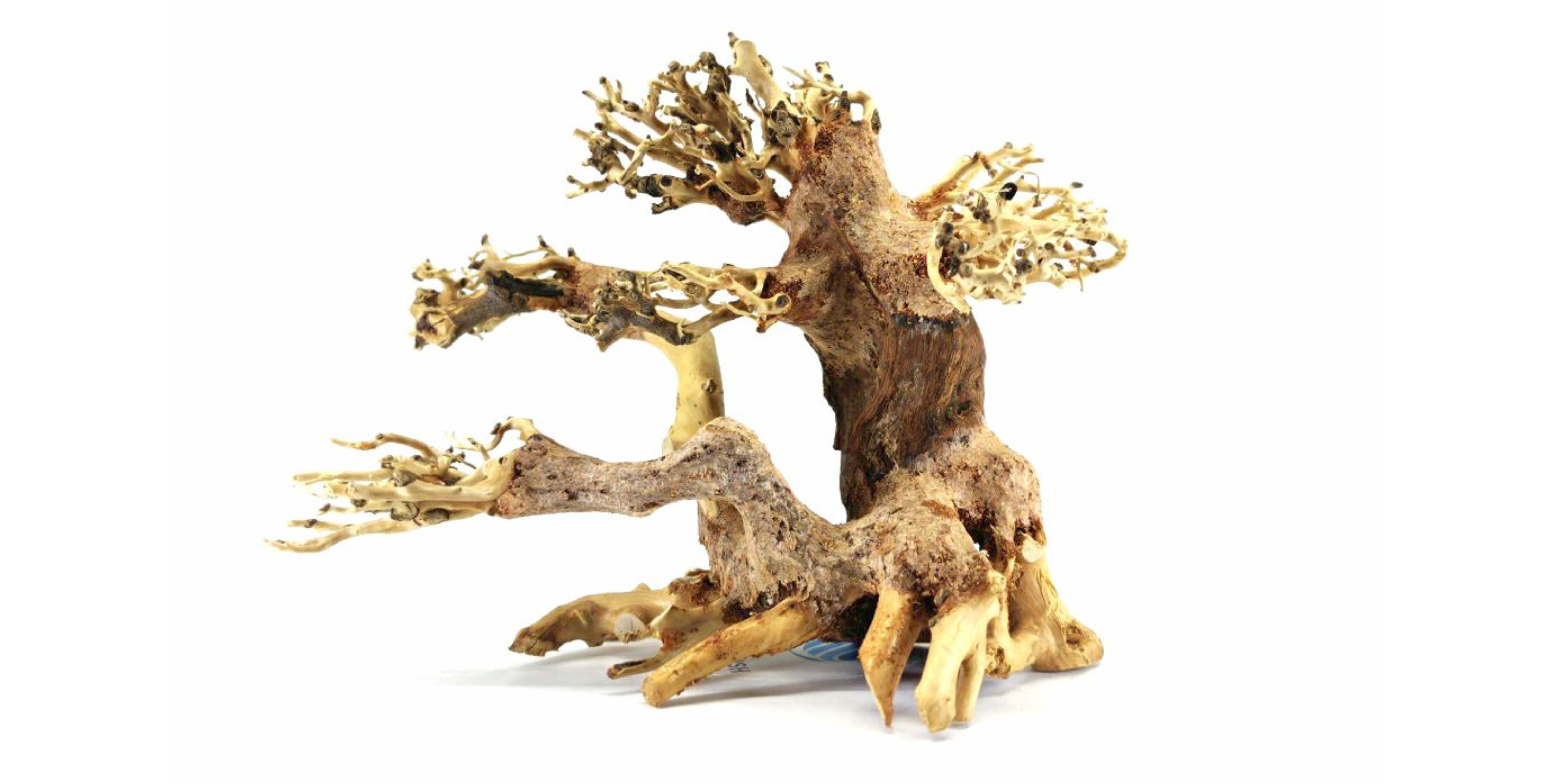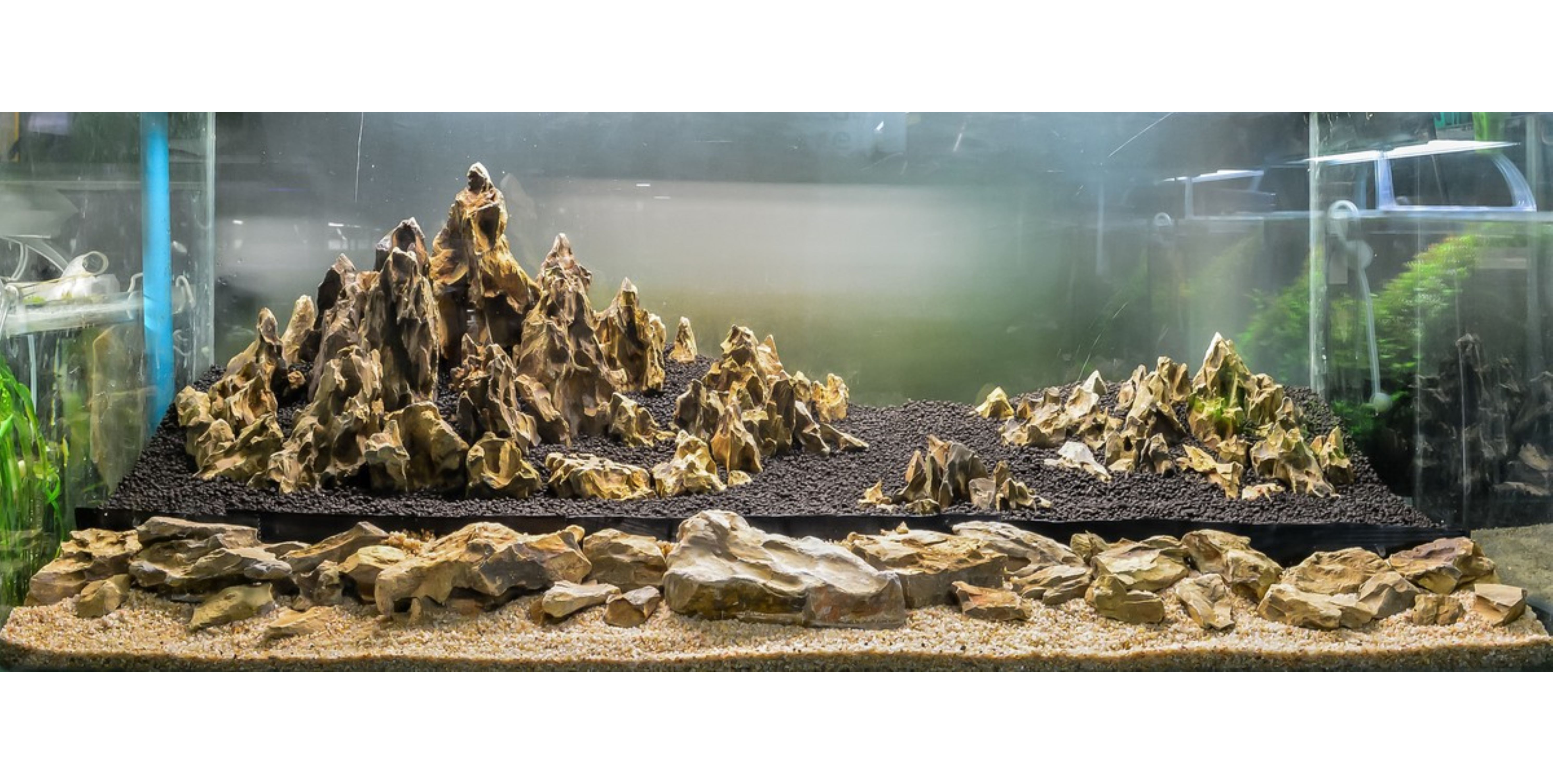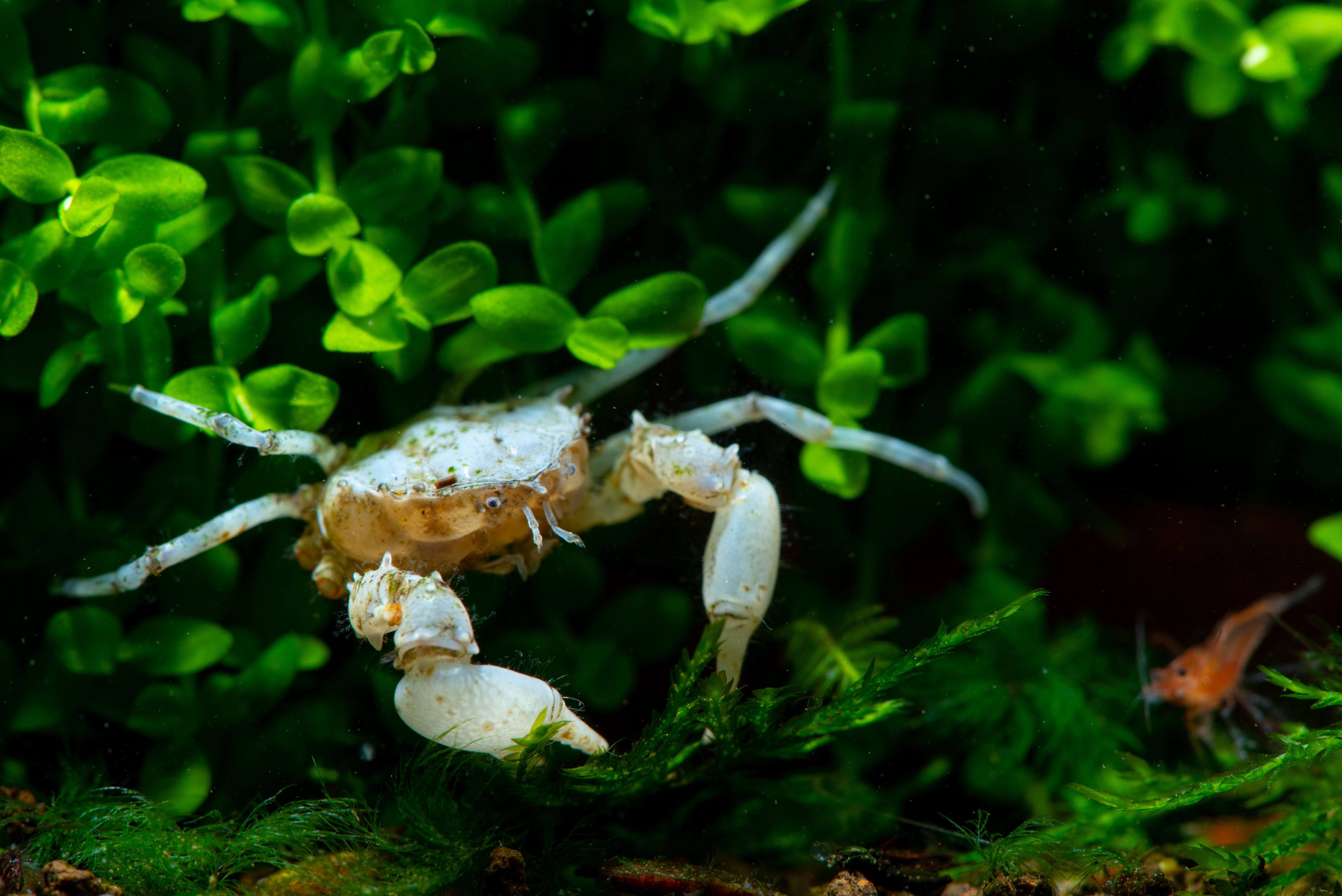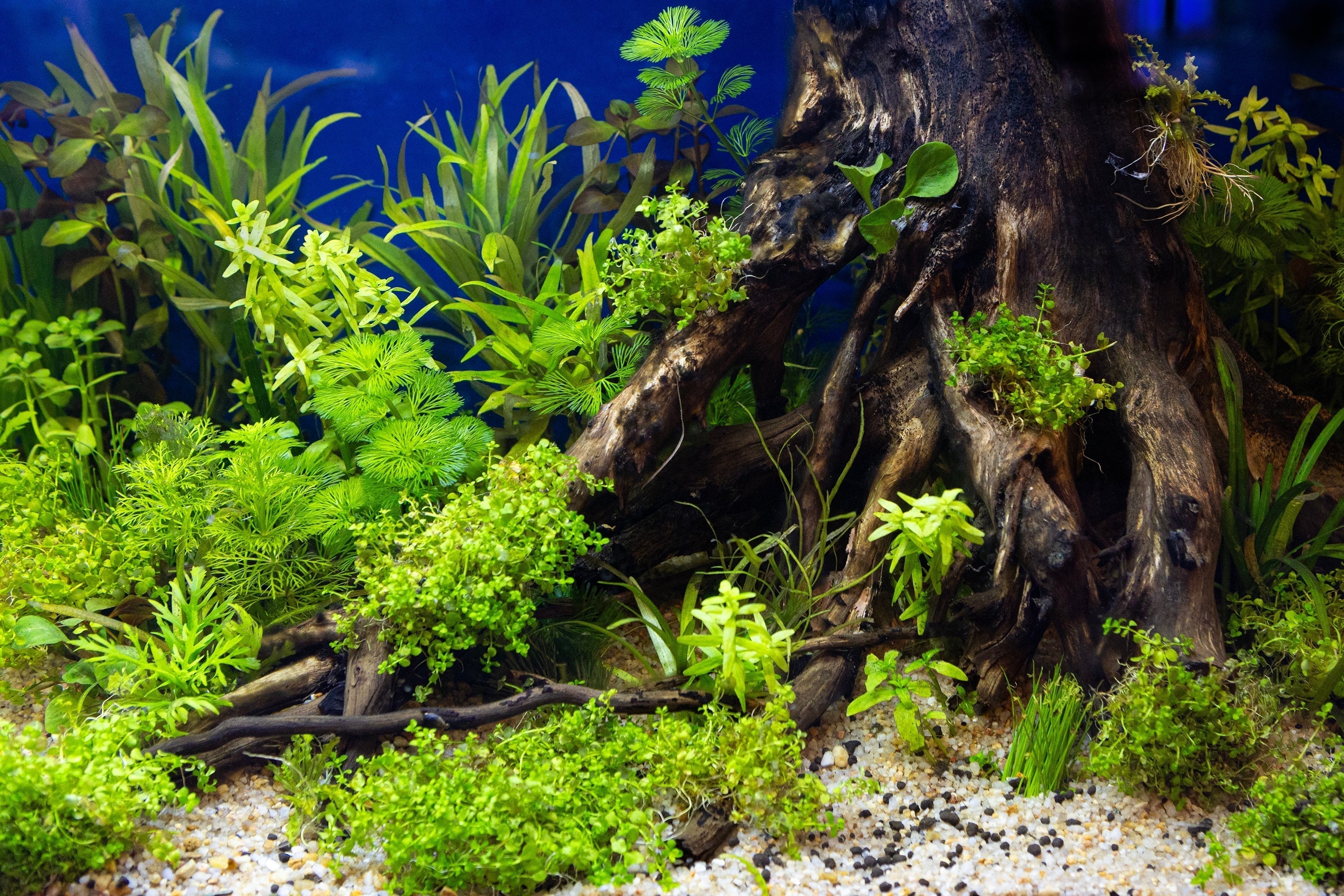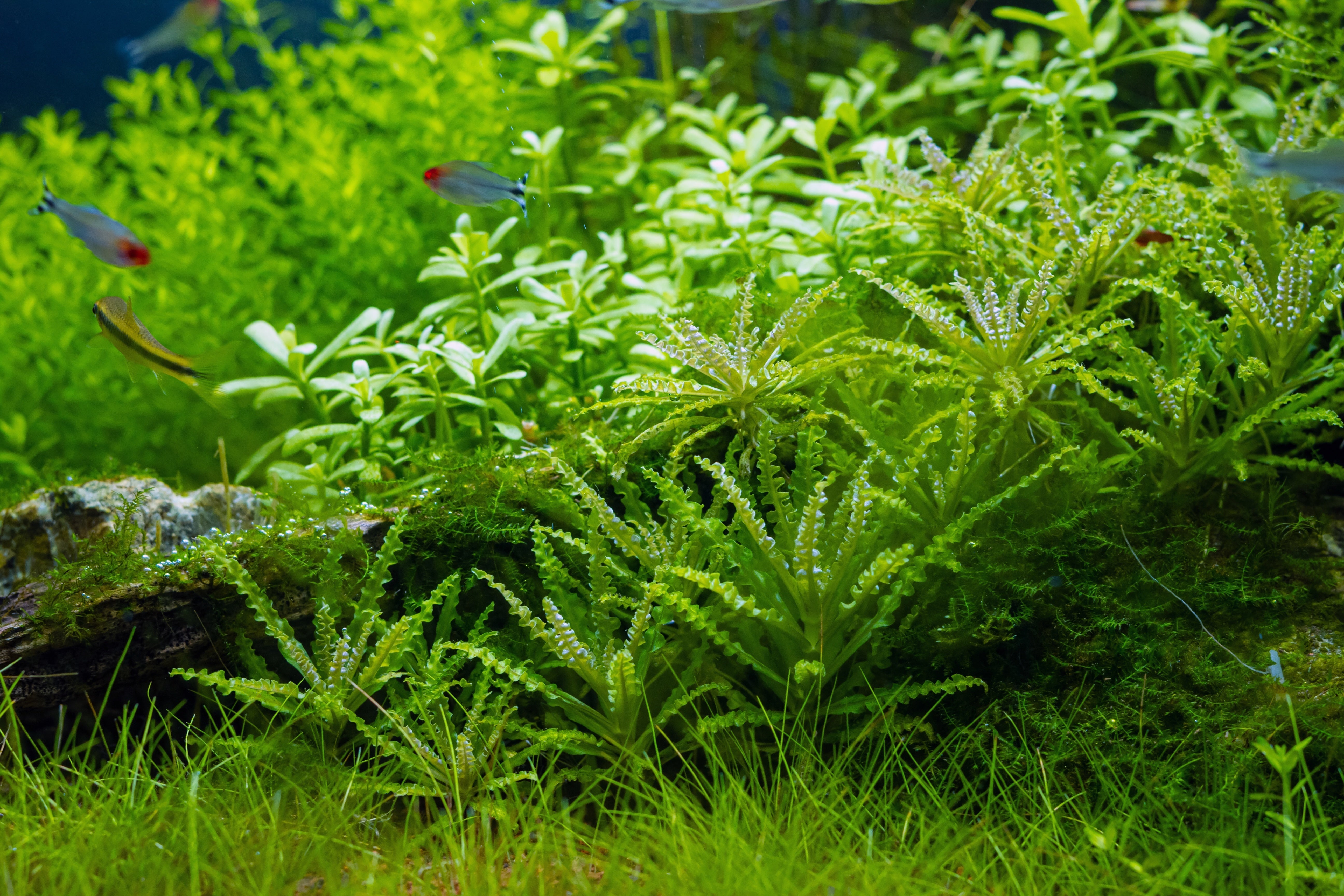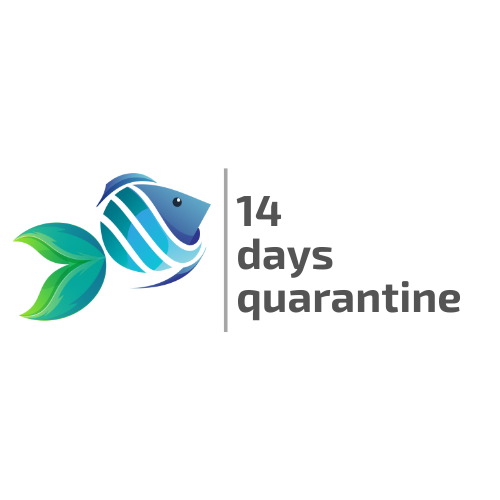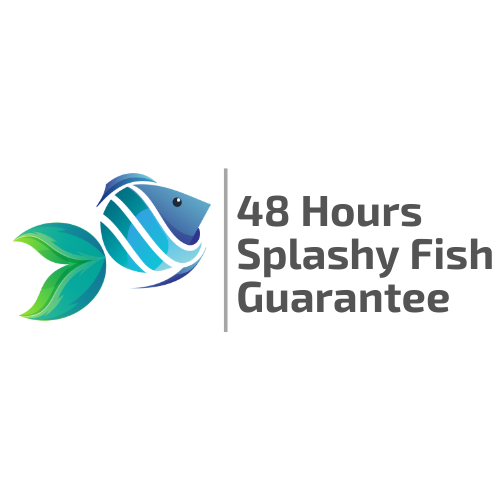Table of Contents
Dive into the fascinating world of crustaceans and unlock the secrets to maintaining a vibrant, thriving home aquarium. From the colorful shrimp to the majestic crabs, crustaceans add unique beauty and dynamic behavior to your tank. In this comprehensive guide, you’ll learn about the ideal tank setup, water parameters, and diet necessary for your crustaceans' health and happiness. We’ll explore common species, their specific needs, and how to prevent compatibility issues with other aquatic life. Get ready to transform your aquarium into a thriving ecosystem where crustaceans flourish - your underwater adventure starts here!
What Are Crustaceans?
Crustaceans are a diverse group of invertebrates that belong to the phylum Arthropoda and subphylum Crustacea. This group includes crabs, lobsters, crayfish, shrimp, and barnacles. They are characterized by their hard exoskeleton, segmented bodies, and jointed appendages. Because they lack an internal skeleton, crustaceans must shed their outer shell during growth, a process known as molting.
In the aquarium world, we typically focus on freshwater crustaceans like shrimp, crayfish, crabs, and lobsters. These creatures not only enhance the aesthetic of a tank but also play functional roles. Their scavenging habits make them natural cleaners, consuming leftover food, detritus, and algae. They are an essential part of many aquarists’ setups because they balance beauty and utility.

Why Should You Keep Crustaceans in Your Fish Tank?
Natural Tank Maintenance
Many crustaceans, such as Amano Shrimp or certain crabs, are effective algae eaters. They consume soft algae, biofilm, and decaying organic matter, helping to maintain water clarity and reducing the need for frequent manual cleaning.
Unique Behavior and Personality
Unlike fish that primarily swim in open water, crustaceans display fascinating behaviors. Shrimp constantly graze across surfaces, crayfish dig and rearrange substrate, while crabs climb and scavenge. These natural behaviors bring diversity and activity to your aquarium.
Educational Value
Crustaceans provide insight into molting, adaptation, and survival strategies. Watching a shrimp shed its shell or a crayfish build a burrow is both educational and captivating, making them perfect for hobbyists who want more than just a decorative tank.
Aesthetic Appeal
From the bright red of Cherry Shrimp to the electric blue of certain crayfish species, crustaceans offer a wide range of colors and patterns. Their striking appearances add depth and contrast to aquascapes.
Popular Types of Crustaceans for Fish Tank
Freshwater Shrimp
Freshwater shrimp are among the most popular choices for community aquariums.
- Cherry Shrimp: Small, brightly colored shrimp that breed easily in captivity. Great for beginners.
- Amano Shrimp: Renowned for their algae-eating abilities; they can consume large amounts of nuisance algae.
- Crystal Red Shrimp: Striking red and white patterns, but more sensitive to water quality, making them better for experienced keepers.
Care Tips: Keep shrimp in tanks with stable water parameters, gentle filtration, and plenty of plants or Moss for hiding. They thrive in tanks with low predator presence. See more information about How to Care for Freshwater Shrimp here.
Freshwater Crabs
Freshwater crabs like Thai Micro Crabs or Purple Vampire Crabs are fascinating additions. Unlike shrimp, they are more reclusive but highly interesting.
- Tank Setup: Most require semi-aquatic environments, with both land and water areas.
- Behavior: Nocturnal and shy, often hiding during the day.
- Compatibility: Best in species-only setups since they may nip at fish or other tank mates.
See more detailed information on How to Keep and Care for Freshwater Crabs here.
Freshwater Crayfish
Known as “mini lobsters,” crayfish are bold, territorial, and come in a variety of colors.
- Popular Species: Electric Blue Crayfish, Dwarf Orange Crayfish.
- Size: Ranges from 2 inches (dwarf species) to over 6 inches for larger crayfish.
- Behavior: Highly active, often digging or rearranging substrate.
Care Tips: Crayfish are best kept alone or with fast-swimming fish that won’t become prey. Provide caves and hiding places to reduce aggression. Visit here for more information on How to Set Up A Freshwater Crayfish Tank.
Freshwater Lobster
Although often confused with crayfish, freshwater lobsters are larger and more aggressive. The Australian Red Claw Lobster, for example, can reach 12 inches.
- Tank Size: Requires a large aquarium (50+ gallons).
- Behavior: Territorial and strong; often not suitable for community tanks.
- Diet: Omnivorous scavenger, but will also eat smaller tank mates.
Care Tips: Freshwater lobsters are best kept in species-only tanks due to their size and aggression. Visit here for a more detailed Care Guide for Freshwater Lobsters.
How to Introduce New Crustaceans to Fish Tank
Bringing new crustaceans into your aquarium requires a careful approach to minimize stress and prevent introducing pathogens.
- Drip Acclimation: Slowly introduce tank water into their shipping bag or container over 1–2 hours. This stabilizes temperature and water chemistry.
- Quarantine: Isolate new crustaceans for 1–2 weeks in a separate tank. This prevents disease outbreaks and allows observation of behavior.
- Prepare the Tank: Ensure there are hiding places, plants, or decorations for the crustaceans to feel secure after introduction.
- Monitor: Watch closely during the first few days to ensure they adapt well and are not harassed by existing fish.
Create An Ideal Habitat for Crustaceans
To thrive, crustaceans need more than just water. They require an environment that mimics their natural habitats.
- Tank Size: A 10-gallon tank may be enough for shrimp, but crabs, crayfish, and lobsters require larger tanks of 20–50+ gallons.
- Substrate: Sand or fine gravel is ideal for burrowing species. Avoid sharp substrates that can damage delicate exoskeletons.
- Aquascape: Use driftwood, caves, and live plants to create hiding areas. These are essential during molting, when crustaceans are most vulnerable.
-
Water Parameters:
- pH: 6.5–7.8
- Temperature: 72–80°F
- Hardness: Medium to hard water supports strong shell development.
- Lighting: Low to moderate lighting helps reduce stress and encourages natural behaviors.
What Do Crustaceans Eat?
Crustaceans are omnivores and scavengers, meaning they will eat almost anything available.
- Algae & Biofilm: Primary food for shrimp and micro crabs.
- Commercial Foods: Shrimp pellets, sinking algae wafers, and crustacean-specific formulas.
- Vegetables: Blanched spinach, zucchini, or cucumber for added fiber.
- Protein: Frozen bloodworms, brine shrimp, and occasional fish flakes or pellets.
Overfeeding should be avoided, as uneaten food can pollute the water. A balanced diet ensures strong shell development and vibrant colors.
Best Freshwater Fish Tank Mates for Crustaceans
Not every fish makes a good neighbor for aquarium crustaceans.
- Safe Tank Mates: Small Tetras, Guppies, Mollies, Rasboras, and Corydoras catfish. These fish are peaceful and won’t harm shrimp or crabs.
- Fish to Avoid: Large Cichlids, Bettas, and Goldfish, which may attack or eat smaller crustaceans.
- Special Note: For shrimp, nano tanks with shrimp-only setups are often the safest and allow for natural breeding.
Conclusion
Crustaceans add a whole new dimension to freshwater aquariums. From the algae-eating efficiency of shrimp to the bold personalities of crayfish, each type offers unique benefits. By understanding what crustaceans are, how to care for them, and which species fit your setup, you can create a thriving aquarium where fish and invertebrates live in harmony.
With the right tank setup, water parameters, diet, and compatible tank mates, your crustaceans will not only survive but flourish, turning your home aquarium into a vibrant, self-sustaining ecosystem.
If you’re considering getting some crustaceans for your home aquarium, visit Splashy Fish tropical fish store to buy them online or at our aquarium store in Virginia for freshwater fish for sale, aquarium plants for sale, and aquarium supplies.
Crustaceans Frequently Asked Questions (FAQs)
Are crustaceans invertebrates?
Yes, crustaceans are invertebrates. They lack a backbone and instead have a hard exoskeleton that protects their bodies. This exoskeleton must be shed during molting as they grow.
What are the best crustaceans for beginners?
For beginners, Cherry Shrimp, Amano Shrimp, and Dwarf Orange Crayfish are excellent choices. They are hardy, easy to care for, and adapt well to a wide range of water conditions.
Can I keep an only-crustaceans tank?
Yes, you can set up a shrimp-only or crayfish-only aquarium. Many aquarists prefer this setup because it avoids compatibility issues with fish and allows for focused care and breeding.


